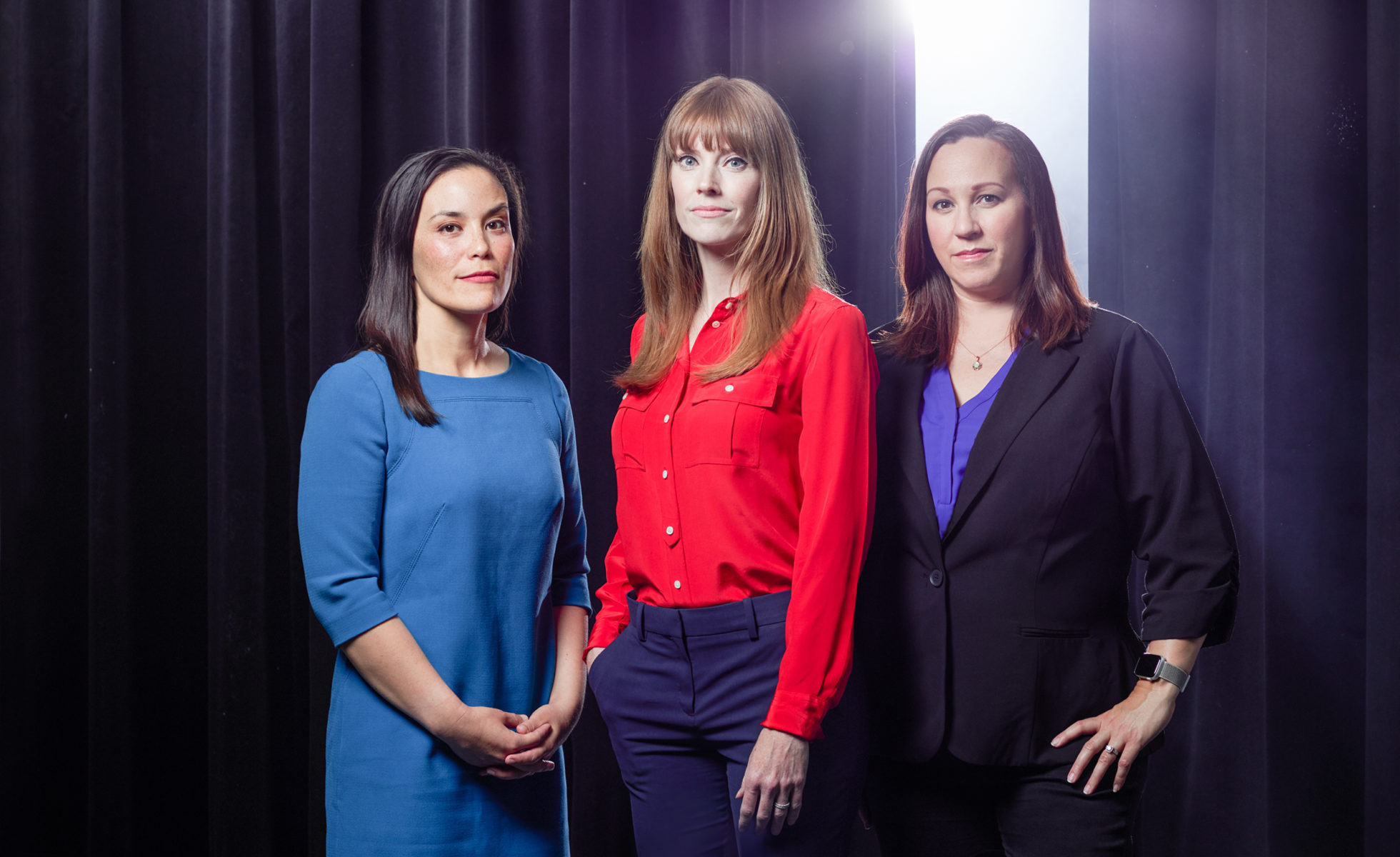A lot of women ran for office as Democrats in 2018. A lot of them won, and a lot of them who didn’t win are trying again.
[Gina Ortiz Jones isn’t] the only woman who’s back for a second round.
In April, MJ Hegar, who got within three points of defeating U.S. Representative John Carter, an eight-term incumbent in a deep-red district north of Austin, announced she would challenge U.S. Senator John Cornyn. Julie Oliver, who lost Texas’ 25th Congressional District to three-term Republican Roger Williams, despite cutting a 21-point spread down to just under nine, is also running again. So is Kim Olson, the Democratic challenger who lost to Texas Agriculture Commissioner Sid Miller. This time she’s running to represent Texas’ 24th Congressional District, which spans the suburbs of Dallas and Fort Worth.
At least six Democratic women who lost their bids for the Texas Legislature in 2018 are running again in 2020, says Monica Gomez, the political director at Annie’s List, a political action committee that supports progressive women running for state and local office in Texas. Two more are coming back to run for different seats. “We haven’t seen this kind of rededication to running again in Texas since Annie’s List was founded in 2003,” Gomez says. She estimates that in the organization’s history, a total of 10 candidates have run again after a loss. “So eight in one cycle is a very large increase.”
The record-breaking number of first-time female candidates who ran for office in 2018 led to a record-breaking number of first-time female officeholders: 127 women now serve in Congress, the most ever and a 23-seat increase from 2017. Despite these gains, women remain grossly underrepresented in public office at every level. Women hold 24 percent of seats in the 116th U.S. Congress and 29 percent of statewide executive positions across the country. Texas sends 38 people to Congress; in 2019, only six of them are women. In the Texas Legislature, women hold 43 of 181 seats, or 24 percent—five points lower than the national average.
Why are women persistently underrepresented in politics? Over the past decade, a body of research has established that when women run, they win elections at the same rate as men. Melanie Wasserman, an economist at UCLA who studies occupational segregation by gender, wanted to learn more. So in 2018 she analyzed the political trajectories of more than 11,000 candidates over two decades in local California elections, focusing on how candidates responded after losing an election. She found that women were 56 percent less likely than men to run again after a loss, noting what she called a “gender gap in persistence.”
“If I make the assumption that the candidates who drop out have similar chances of winning as those that run again, then the gender gap in persistence can explain quite a lot of the gender gap in officeholding,” Wasserman told the Observer. “It would increase female representation among officeholders at the local level by 17 percent.”
In other words, perhaps we should be paying more attention to the losers—the women who run, lose, and choose to run again.
I’ve discussed some repeat Congressional candidates before; several of the second-shot brigade are men as well. The candidates mentioned in this story are:
MJ Hegar (Senate, previously CD31)
Gina Ortiz Jones (CD23)
Kim Olson (CD24, previously Ag Commissioner)
Julie Oliver (CD25)
Sarah DeMerchant (HD26)
Joanna Cattanach (HD108)
Others for Congress that could have been mentioned:
Jennie Lou Leeder (CD21, previously CD11)
Adrienne Bell (CD14)
Jan McDowell (CD24)
Christine Eady Mann (CD31)
As for the other legislative candidates, I’d say Eliz Markowitz (SBOE in 2018, HD28 in 2020) counts, and it looks like Natali Hurtado is doing it again in HD126. That leaves four more, going by Monica Gomez’s math, and I have no idea who they may be. Please leave a comment if you do know.
Not all of these candidates will make it to November, of course. All except Markowitz and Hurtado have at least one primary opponent as far as I can tell. McDowell and Olson are running for the same seat (with others in the mix as well), Leeder is unlikely to make it past Wendy Davis, and of course Hegar is in a pleasantly crowded field. I’ve been idly wondering if she might do what some had been crying for Beto to do and get back into the race she’d run last time, in CD31 where no other candidates of her stature have emerged yet. I doubt it – she’s still a strong contender for the Senate nom, and if anyone else has had the same thought as I have, I’ve not seen them express it – but anything is possible up till the filing deadline. DeMerchant will face off against Suleman Lalani and Rish Oberoi, while Cattanach has Shawn Terry. Point being, there are still more chapters of this story to be written. The next one will be out in December.
UPDATE: Forgot about Sema Hernandez for the federal races. Still don’t know who the other four repeat legislative candidates are.
UPDATE: I have been informed about a couple of “try again”-ers for this year. Brandy Chambers (HD112) and Celina Montoya (HD121) are both repeat candidates from 2018. Ann Johnson (HD134) ran in 2012 and is running again.

